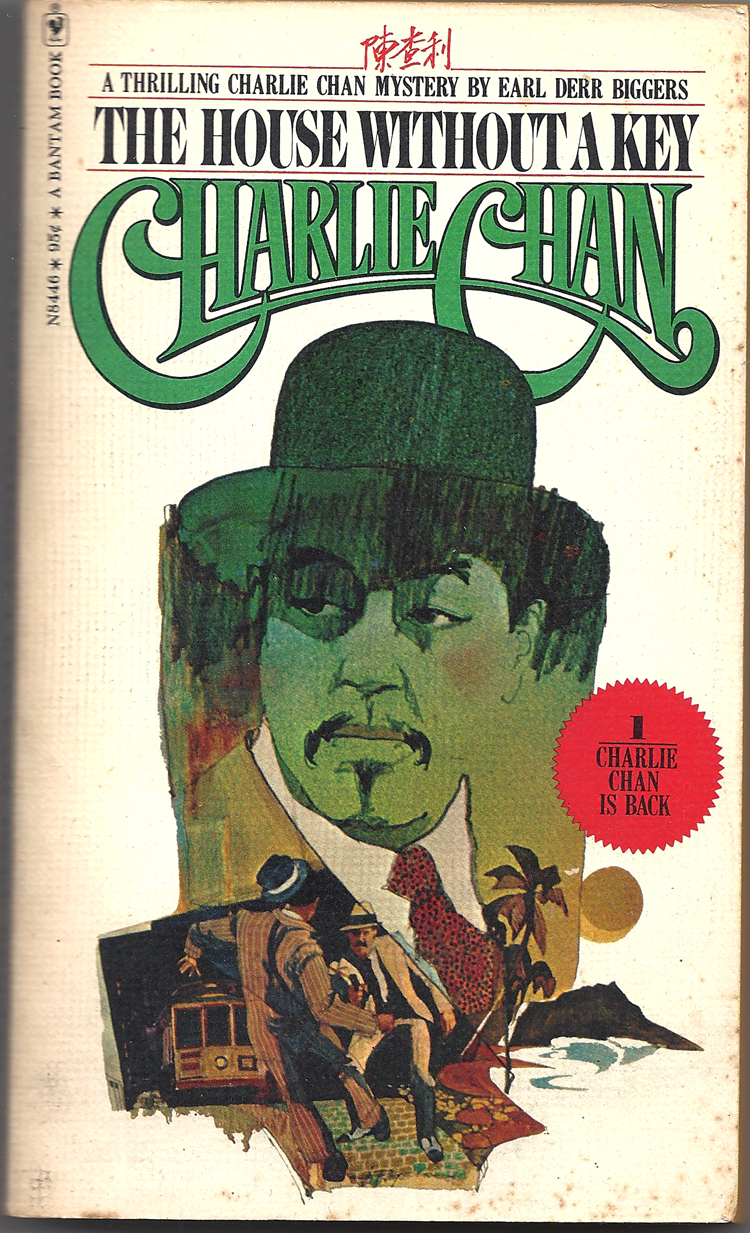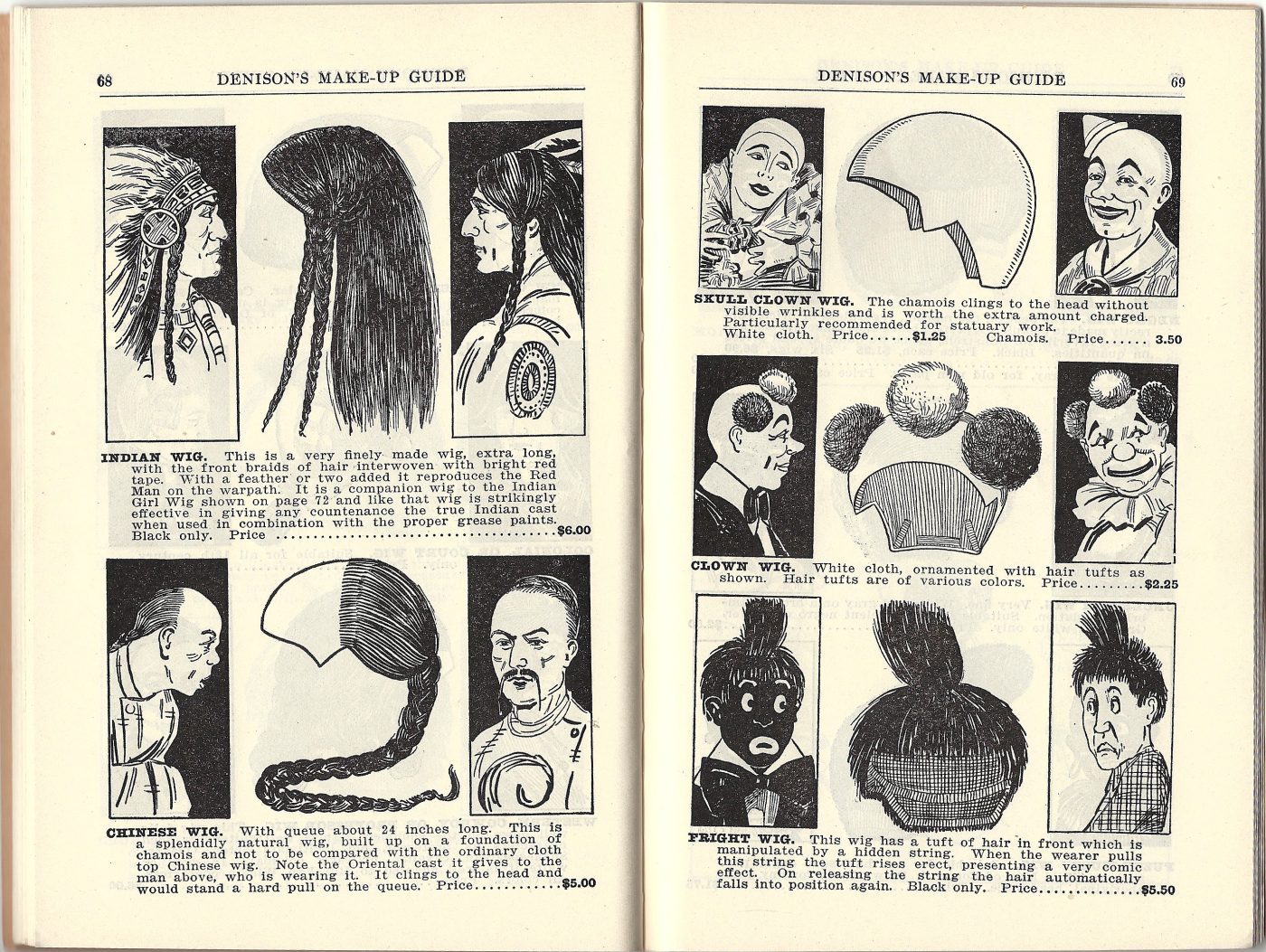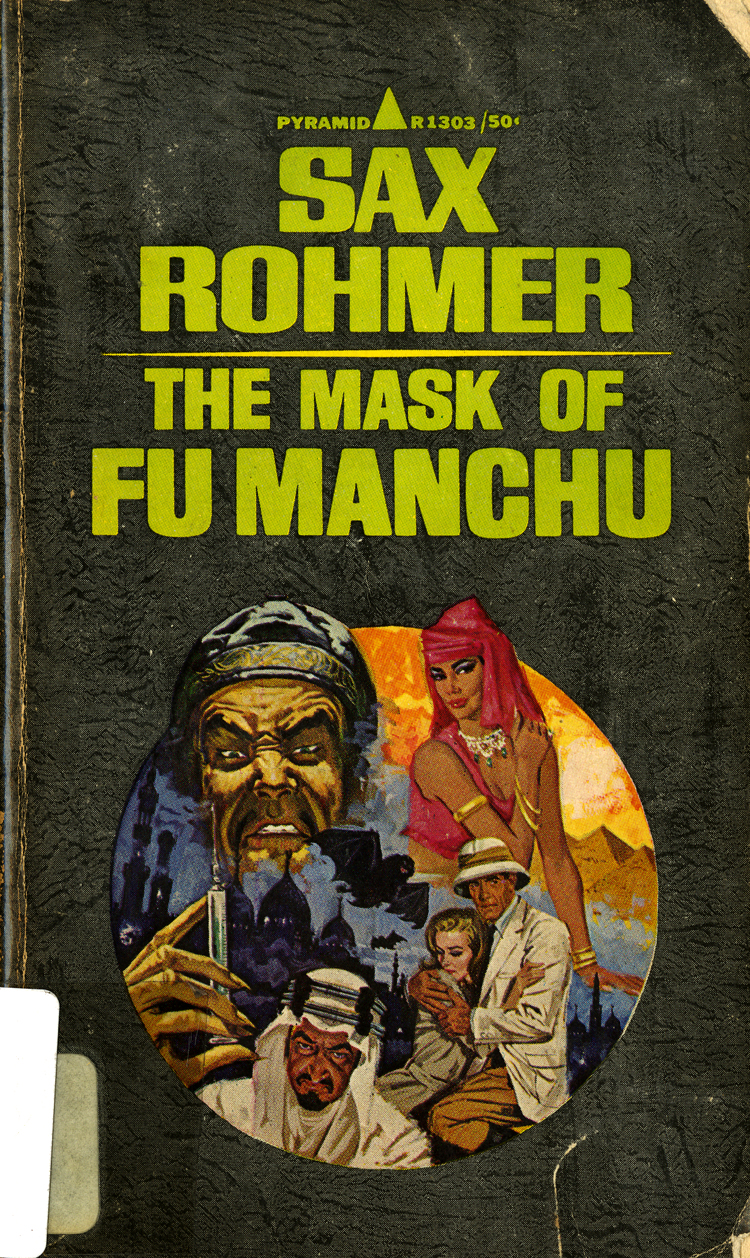In 1924 Earl Derr Biggers read about a Chinese detective living in Hawaii named Chang Apana who had arrested someone for opium possession; it was this story that inspired Biggers write and publish a mystery novel titled The House without a Key in 1925. The title character of the novel, Charlie Chan, was modeled off of the Hawaiian detective. Biggers never visited China nor knew anything about Chinese culture, but his books were a hit in the United States. In total he published 6 novels in the Charlie Chan series. Thereafter the iconic detective has appeared in comics, television, and film. While Biggers said that the idea of Charlie Chan was to fight the fears of yellow peril and caricatures such as Fu Manchu that portrayed Chinese in a negative light there are some that still feel that Chan is no more than another stereotype due to his broken English, subservience, and effeminate. It is also important to note that every film iteration of Chan was played by a Caucasian actor in yellowface. What do you think; was Chan a positive or negative portray of the Chinese?
Collections馆藏Collections馆藏Collections馆藏Collections馆藏Collections馆藏Collections馆藏Collections馆藏Collections馆藏Collections馆藏Collections馆藏Collections馆藏Collections馆藏Collections馆藏Collections馆藏Collections馆藏Collections馆藏Collections馆藏Collections馆藏Collections馆藏Collections馆藏Collections馆藏Collections馆藏Collections馆藏Collections馆藏Collections馆藏Collections馆藏Collections馆藏Collections馆藏Collections馆藏Collections馆藏Collections馆藏Collections馆藏Collections馆藏Collections馆藏Collections馆藏Collections馆藏Collections馆藏Collections馆藏Collections馆藏Collections馆藏Collections馆藏Collections馆藏Collections馆藏Collections馆藏Collections馆藏Collections馆藏Collections馆藏Collections馆藏Collections馆藏Collections馆藏Collections馆藏Collections馆藏Collections馆藏Collections馆藏Collections馆藏Collections馆藏Collections馆藏Collections馆藏Collections馆藏Collections馆藏Collections馆藏Collections馆藏Collections馆藏Collections馆藏
Charlie Chan

18 April 2019 Posted.
Charlie Chan Returns. Museum of Chinese in America (MOCA) Collection.
《没有钥匙的房子》美国华人博物馆(MOCA)馆藏

